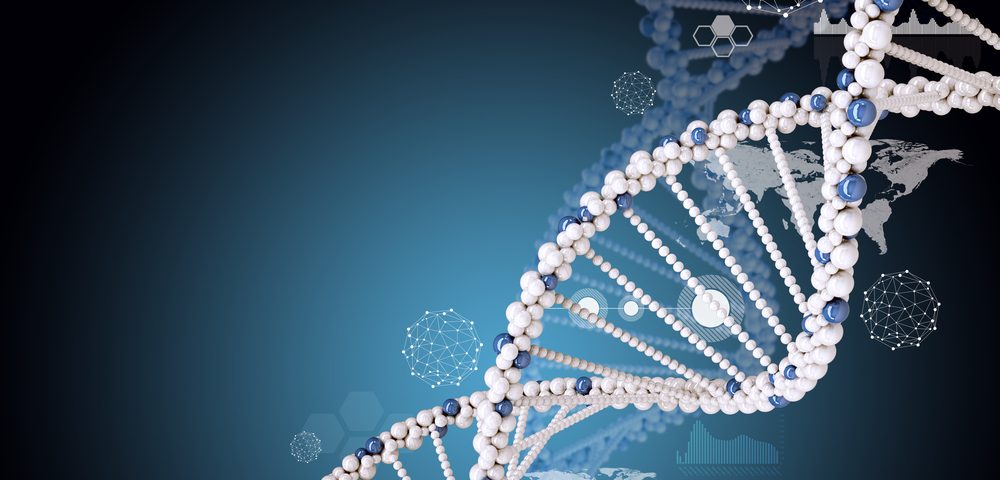Histone deacetylase (HDAC) inhibitors, which prevent epigenetic modifications in the DNA, may be able to eliminate cancer stem cells (CSCs) in ovarian and breast cancers, making relapses less likely after standard-of-care treatments, researchers report.
The study, “Identification of a cancer stem cell-specific function for the histone deacetylases, HDAC1 and HDAC7, in breast and ovarian cancer,” published in Oncogene, makes use of a new, genetically engineered cell line that mimics the behavior of CSCs, potentially helping researchers to better understand the biology of these cells.
“The best way to understand something is to build it,” Tan Ince, MD, PhD, scientific director of Sylvester’s Live Tumor Culture Core and Tissue Bank Core Facility, an associate professor of pathology at the University of Miami’s medical school, and the study’s lead author, said in a press release. “We have created a cell line that mimics cancer stem cells, and by studying them we have identified two leukemia-targeting drugs that could be used to treat breast and ovarian cancers.”
A vast number of researchers now believe that among cancerous cells, a few act as stem cells that reproduce themselves and sustain the cancer, acting much like normal stem cells do in healthy tissues to renew and sustain the body.
The idea of a cancer being primarily driven by a smaller population of stem cells has important implications, particularly because most anti-cancer therapies target fast-growing cells (which are usually non-CSC cancer cells) and are evaluated by their ability to shrink tumors. Because CSCs can generate new tumors, if the therapies are not destroying the CSCs, the tumor may eventually grow back — and most likely will be resistant to the previously used therapy.
A number of studies support the idea of epigenomic modifications — alterations in the DNA that do not change its sequence, but affect the number of copies of particular proteins within a cell — being involved in CSC regulation. Indeed, previous work from Ince and colleagues has shown that HDACs 1 and 7 are highly expressed in metastatic breast and ovarian cancers, suggesting a role for these proteins in the regulation of CSCs.
But given the very low numbers of CSCs within a tumor, researchers often have trouble in isolating them for studies of new therapies. To address this, the team developed a unique cell line, called BPLER, that was genetically engineered to exhibit several of the traits associated with CSCs.
“This model is a product of our research,” said Ince. “We feel it is uniquely useful to facilitate epigenetic research on cancer stem cells.”
Comparing this cell line with another cell line mimicking non-CSCs, called HMLER, the researchers found that both HDAC1 and HDAC7 were overexpressed in CSCs, and were required to maintain CSC populations within tumors.
Blocking these enzymes with two drugs, MS275 and MGCD0103, both of which either were or are in clinical trials for leukemia and lymphoma, led to the death of 85 percent of all CSCs.
“These two agents were designed to target HDAC1, but we found they also target HDAC7, which even the manufacturers didn’t know,” said Ince. “This was perfect, like hitting two birds with one stone.”
In addition, the effects of these inhibitors were seen to be long-lasting. “We ran cell proliferation assays two to three weeks after treatment and could still observe the drugs’ effects,” he added.
Ultimately, the researchers are hoping that HDAC inhibitors will prevent the tumors from becoming resistant to treatment. More studies are required to understand the mechanism behind these inhibitors, and whether they are forcing CSCs to become normal tumor cells or are destroying them.
“HDAC inhibitors may make tumors sensitive to other therapies but they also work as single agents,” said Ince. “They will likely be combined with other therapies.”

